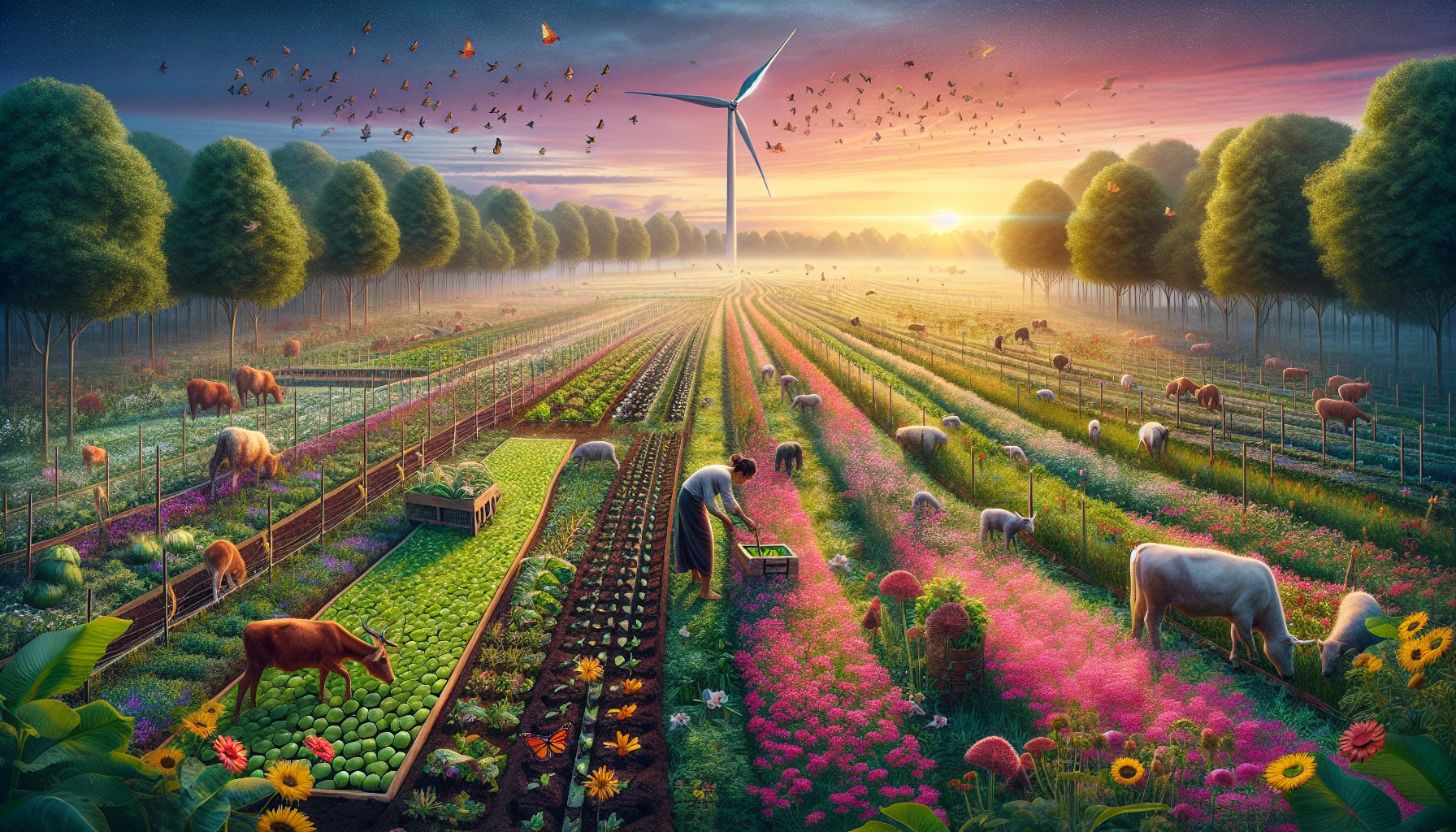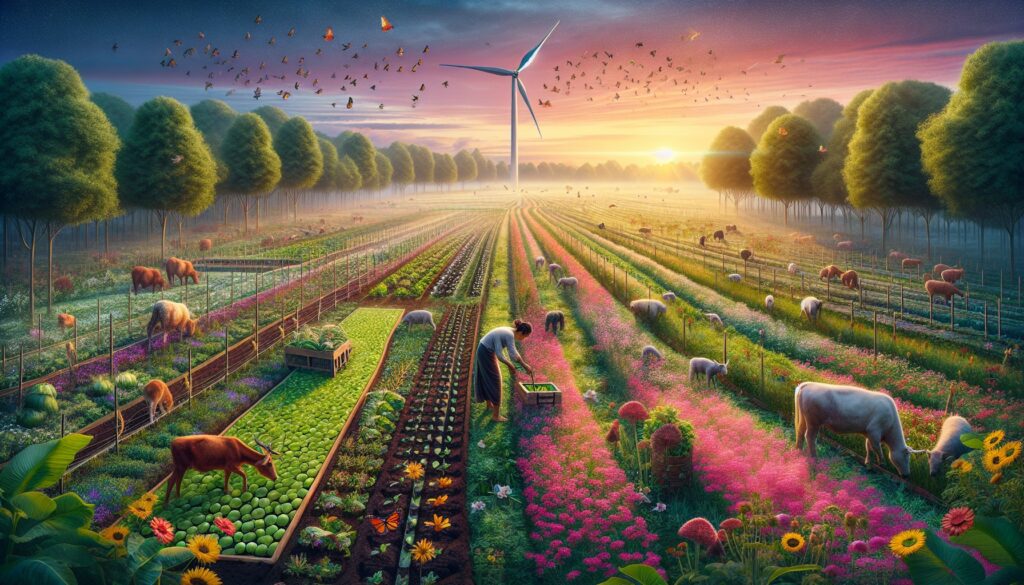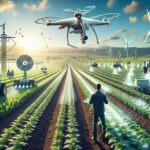The Calm Power of Regenerative Farming: A Path Towards Sustainable Agriculture
In a world that is becoming increasingly aware of its environmental impact, regenerative farming is quietly taking center stage as a solution to the challenges facing modern agriculture. This practice is more than just a method of farming; it’s a movement that nurtures the land, restores ecosystems, and creates long-term sustainability. With its holistic approach, regenerative farming promises not only to heal the soil but also to bring balance back to nature.

What Is Regenerative Farming?
At its core, regenerative farming is about working with nature rather than against it. While conventional farming often relies on synthetic fertilizers, pesticides, and monocultures, regenerative farming focuses on practices that improve soil health, increase biodiversity, and reduce the carbon footprint. By doing so, it enhances the land’s natural ability to produce food while promoting a harmonious relationship with the environment.
Key Principles of Regenerative Farming
- Soil Health First: Healthy soil is the foundation of regenerative farming. Techniques such as minimal tilling, crop rotation, and the use of cover crops help maintain the integrity of the soil. These methods prevent soil erosion and compaction, while also enhancing its ability to store water and nutrients.
- Diverse Crop Systems: Rather than focusing on a single crop year after year, regenerative farming encourages crop diversity. This variety not only reduces the likelihood of pests and diseases but also supports a wider range of beneficial insects and microorganisms that contribute to soil fertility.
- Integrating Livestock: Animals play a vital role in regenerative farming systems. Managed grazing, for example, allows livestock to naturally fertilize the land while controlling weed growth. The presence of animals encourages the nutrient cycle to continue, mimicking nature’s systems of balance.
- Carbon Sequestration: One of the most promising aspects of regenerative farming is its potential to combat climate change. By enhancing soil health and increasing organic matter, regenerative practices draw carbon dioxide from the atmosphere and store it in the soil. This process, known as carbon sequestration, helps reduce greenhouse gases and slows the pace of global warming.
- Water Conservation: With regenerative farming, water conservation is a priority. Healthier soils have a greater capacity to absorb and retain moisture, reducing the need for irrigation. Additionally, these farming methods help to prevent water runoff and pollution, protecting vital water sources.
Benefits of Regenerative Farming
- Improved Yields Over Time: While regenerative farming may not produce the instant high yields of conventional agriculture, it builds resilience into the farming system. Over time, the soil’s increased fertility leads to healthier crops, greater yields, and a more stable food supply.
- Environmental Restoration: Regenerative farming helps reverse the damage caused by years of intensive farming. Restored ecosystems thrive as biodiversity is reintroduced, allowing wildlife, plants, and insects to coexist alongside agriculture.
- Climate Change Mitigation: The ability to sequester carbon in the soil is a powerful tool in the fight against climate change. Regenerative farming’s focus on reducing chemical inputs and improving soil health makes it an essential part of a broader climate solution.
- Stronger Local Economies: Farmers practicing regenerative methods often rely on local markets, selling produce directly to consumers. This strengthens the bond between communities and the land, promoting sustainable local economies and reducing the environmental costs of transportation.
A Gentle Revolution
The shift towards regenerative farming is happening at a time when the world is in dire need of sustainable solutions. Farmers are beginning to understand that by focusing on the long-term health of their land, they can create a system that is both productive and restorative.
In many ways, regenerative farming represents a gentle revolution — a way to farm that doesn’t deplete but rather replenishes, not only the soil but also the connection we have with the natural world. It’s a return to the basics, where the health of the land, plants, animals, and humans are interwoven into a balanced ecosystem.
As more farmers embrace this practice, it becomes clear that regenerative farming offers hope for a future where agriculture works in harmony with nature. The calm power of this method lies in its simplicity, sustainability, and the promise of a healthier planet for generations to come.



